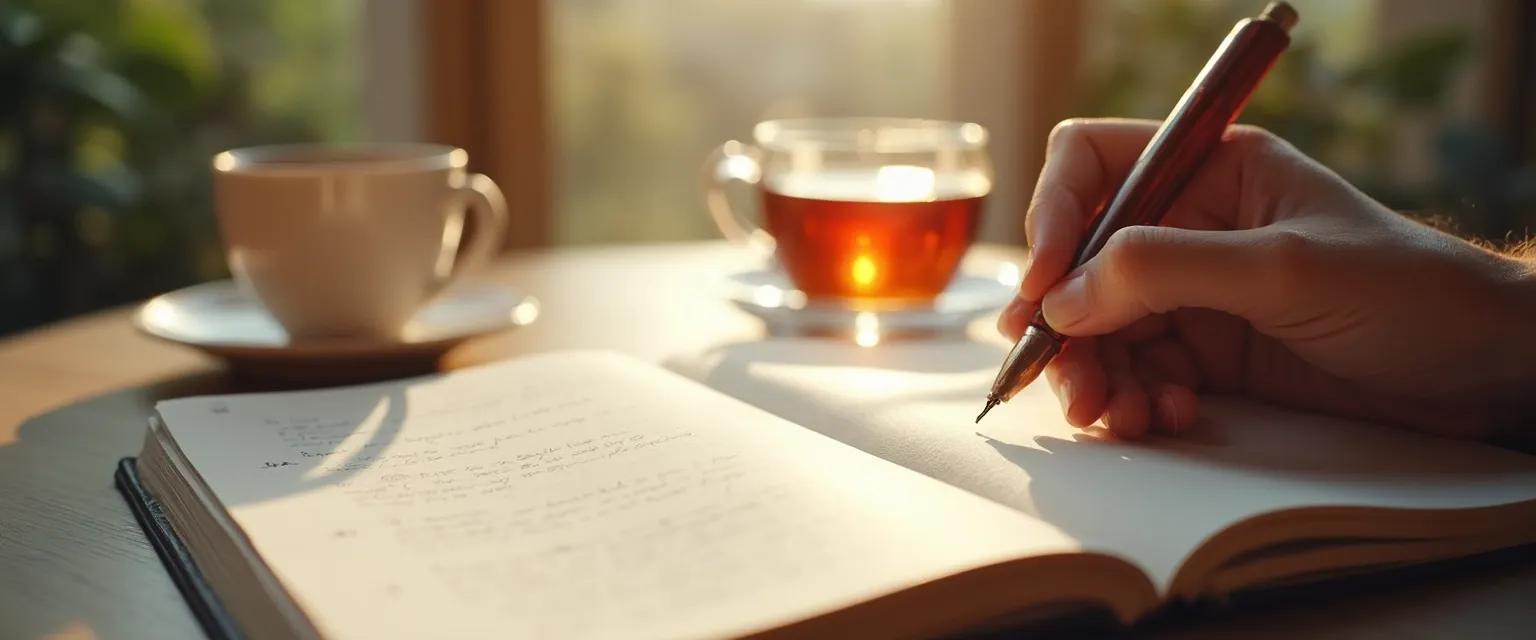Boost Your High Self-Awareness: Simple Daily Practices That Work
Ever wondered why some people navigate life's challenges with such grace and composure? The secret ingredient is often high self-awareness – that magical ability to understand your thoughts, feelings, and behaviors in real-time. Developing high self-awareness isn't just a nice-to-have skill; it's the foundation of emotional intelligence and personal growth that transforms how you handle everything from workplace conflicts to personal relationships.
While traditional advice might push you toward lengthy journaling sessions, the truth is that high self-awareness doesn't require hours of writing. In fact, research shows that brief, consistent micro-practices often yield better results than time-consuming journaling. The neuroscience is clear: small, regular moments of reflection create stronger neural pathways for self-observation than occasional deep dives.
High self-awareness serves as your internal navigation system, helping you recognize emotional patterns before they derail your day. When you understand what makes you tick, you're better equipped to make choices aligned with your values rather than reacting on autopilot.
3 Simple Practices to Build High Self-Awareness Daily
Forget about lengthy journaling sessions. These high self-awareness techniques take just minutes but deliver powerful results. The beauty lies in their simplicity – they integrate seamlessly into your existing routine without adding another task to your to-do list.
The 60-Second Emotion Check-In
This high self-awareness practice involves pausing briefly throughout your day to label your current emotion. Simply ask: "What am I feeling right now?" Name the emotion specifically (frustrated, excited, anxious) rather than vaguely (good, bad, fine). This simple naming process activates your prefrontal cortex, reducing the intensity of negative emotions by up to 43% according to neuroscience research.
Try setting three random alarms throughout your day as reminders. When they sound, take a breath and identify your current emotional state. This mindfulness technique builds high self-awareness without disrupting your flow.
The Pattern Recognition Method
High self-awareness thrives on pattern recognition. Start noticing situations that consistently evoke specific emotional responses. Maybe work meetings with a particular colleague always leave you drained, or certain social situations spark anxiety.
Instead of analyzing why, simply observe: "I notice I feel X when Y happens." This observation without judgment builds remarkable high self-awareness over time. The goal isn't to change your reactions immediately but to shine a light on your patterns.
The Pause-and-Reflect Technique
When you experience a strong emotional reaction, take a 10-second pause before responding. During this brief moment, ask yourself: "What's really happening here?" This tiny gap between stimulus and response is where high self-awareness flourishes.
This technique is particularly effective for managing emotional reactions that might otherwise escalate situations. The pause creates space for your rational brain to engage before your emotional brain takes control.
Measuring Your High Self-Awareness Progress
How do you know if your high self-awareness is actually improving? Look for these tangible signs in your daily life:
- You catch yourself in emotional reactions earlier
- You notice patterns in your behavior before others point them out
- You respond rather than react in challenging situations
- You feel less blindsided by your own emotions
One powerful indicator of growing high self-awareness is decreased emotional reactivity. When you understand your triggers, they lose their automatic power over you. You'll notice a shrinking gap between an emotional event and your recognition of what's happening internally.
Another sign of improved high self-awareness is more accurate self-prediction. You'll start to anticipate your reactions to situations before they happen: "This meeting might frustrate me because it touches on X issue that I care deeply about."
Track your progress informally by noting moments of insight throughout your day. These "aha" moments – when you suddenly understand a pattern or reaction – are gold stars on your high self-awareness journey.
Remember that high self-awareness isn't about perfection – it's about observation. Even recognizing when you've slipped into autopilot counts as progress. The goal is to gradually increase the percentage of time you spend in a self-aware state.
Ready to experience the benefits of high self-awareness in your daily life? Start with just one of these simple practices today. The most effective high self-awareness techniques are the ones you'll actually use consistently. Your future self – more centered, confident, and emotionally intelligent – will thank you.




